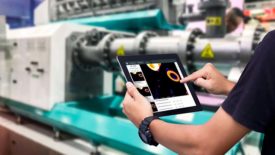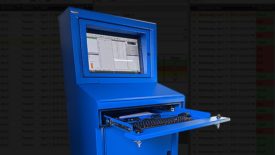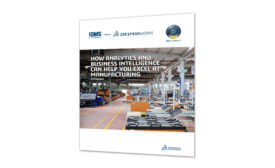Home » Keywords: » analytics
Items Tagged with 'analytics'
ARTICLES
Vision & Sensors | Vision
If we can bridge the confidence gap between underperforming legacy vision systems and manufacturers’ needs today, the rate of adoption is sure to grow exponentially.
Read More
Vision & Sensors | Machine Vision 101
System Integration: Consolidating Vision Systems into the Manufacturing Process
Complex machine vision inspection systems have become a key component of the manufacturing process.
March 17, 2023
How Predictive Analytics Can Boost ROI
Manufacturers already collect data, but many can stand to optimize their processes.
September 9, 2022
What Should Analytics Add to a QMS Solution?
The Third Wave is on its way.
January 6, 2021
Sponsored Content
White Paper: Using Business Analytics to Rebound & Succeed on Product Quality
Learn how Business Intelligence can be the catalyst to help your organization rebound and excel on quality during the second half of 2020.
August 18, 2020
Get our new eMagazine delivered to your inbox every month.
Stay in the know with Quality’s comprehensive coverage of the manufacturing and metrology industries.
SIGN UP TODAY!Copyright ©2024. All Rights Reserved BNP Media.
Design, CMS, Hosting & Web Development :: ePublishing









